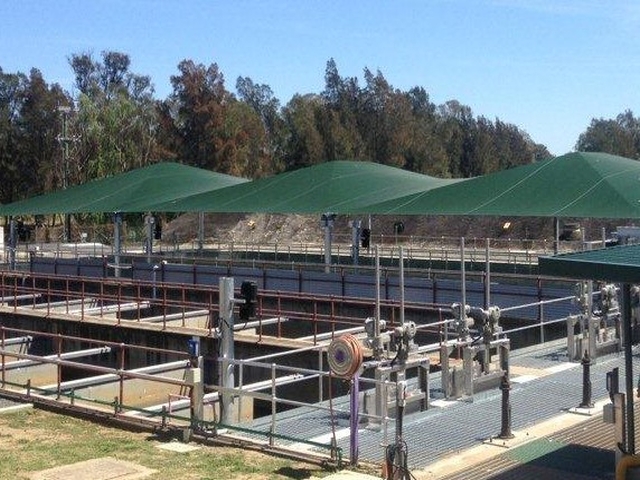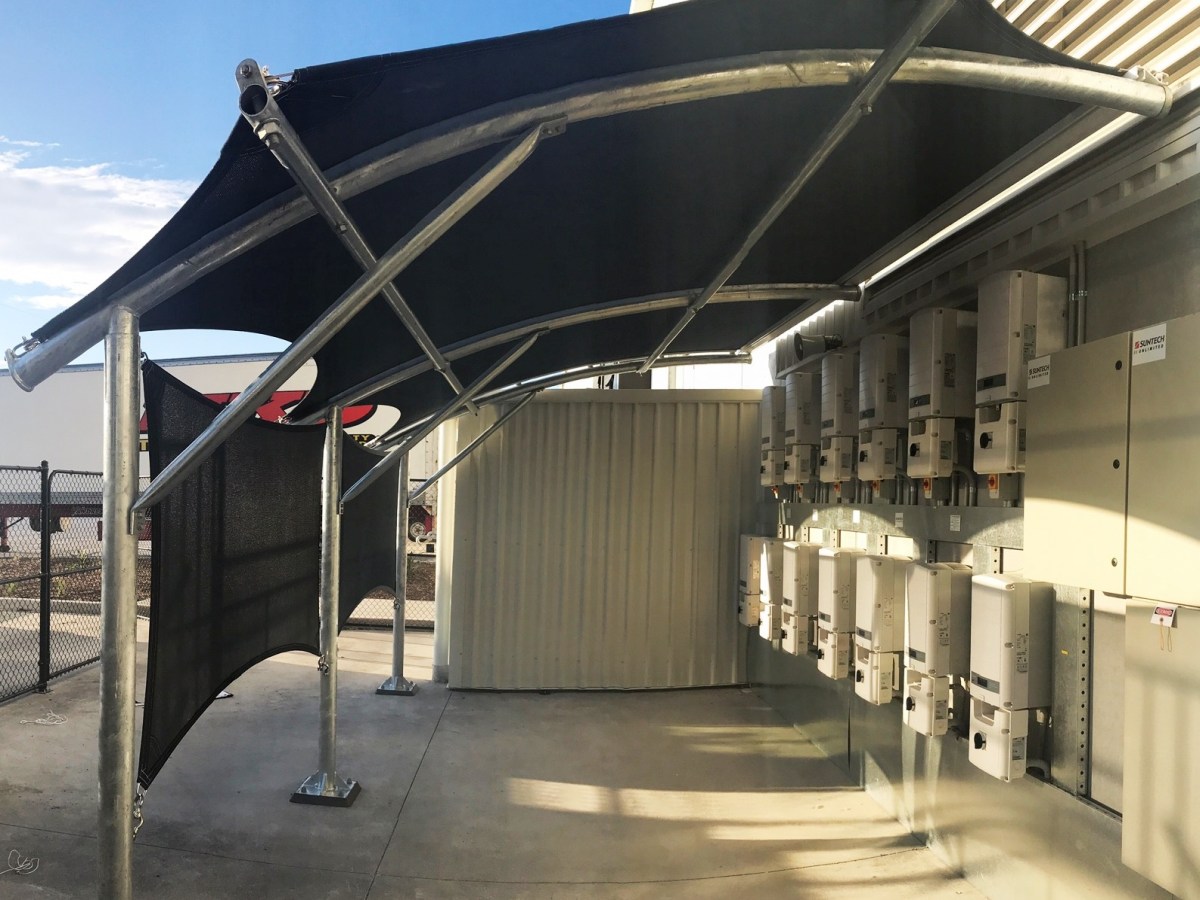Sustainability and the Environment
Sustainability
Philosophy
We promote reductions of CO2 , minimising energy use and resource conservation. We want to be a part of an environmentally conscious recycling society. Shade structures can be part of a sustainable future.
Benefits of Shade Structures
Shade structures offer energy advantages over brick, metal or glass.
- Being light weight they are made with less raw materials,
- Passive cooling benefits arise indoors and outdoors,
- Natural lighting from translucent fabrics reduces reliance on artificial lighting,
- Natural cooling from natural heat reflecting properties of fabrics and
- No ongoing operating costs.
Macro Industry Changes
The textile industry has a clear role to play in sustainability. At the macro level, manufacturers are developing processes which are sustainable by reducing energy reliance and providing better environmental protection. Water-based coatings, re-use of waste products, separations and recycling of PVC; HDPE are the developing future of textile fabric manufacture.
Our direct role
At work we practise sustainability through;
- Converting waste ie bags & bollards.
- Computer patterning allows economical layout of fabrics.
- Regular maintenance of vehicles and machinery to reduce emissions. Use of alternate fuels ie LPG.
- Openable windows.
- Less reliance on paper, paper & cartridge recycling.
- LED lighting.
- Solar electricity use with excess energy into grid.
The Environment
Philosophy
Abacus Shade Structures supports using resources efficiently and preventing environmental pollution. If companies are to continue to develop and offer employment opportunities they must also solve environmental problems, because ultimately this contributes to the survival of humanity. We want to pass on a sustainable and healthy planet to future generations. Our business is committed to reducing environmental pollution, effective use of resources, supporting companies with an environmental philosophy and contributing to a recycling-based society.
Environmental by Nature
When building a shade structure environmental impact is considered. Considerations include site heritage, preservation of trees, preventing erosion, preserving diversity of the ecology, containment of water and more.
Minimising a negative environmental impact starts with review of the project. Environmental and safety reviews occur at planning, development and design stages in order to provide solutions that will comply with environmental protection objectives. Shade structures at their core have an underlying environmental purpose. Passive environmental benefits like shade and cooling are the primary roles of shade structures. Once built shade structures don’t need lighting, heating or air conditioning as they exist in their environment without making resource demands. Shade Structures may have very specific environmental purposes as the adjoining photos show. In Photo 1 the shade structures’ objectives were to minimise tank evaporation during water treatment process. In Photo 2 the new shade structure lowered the temperature of industrial solar inverters.

Evaporation structure over Water Treatment Plant

Shade Structure to cool solar inverters
